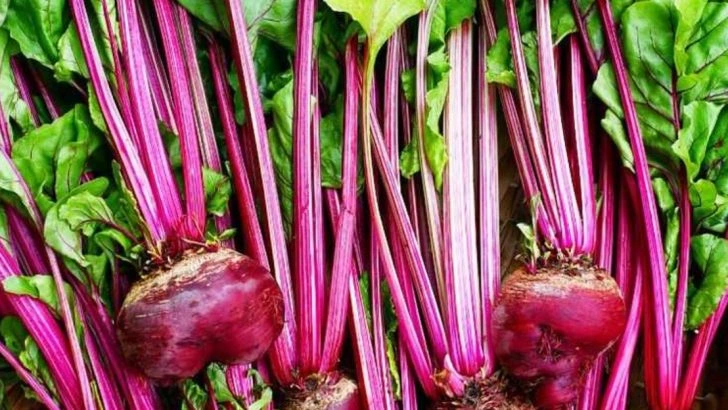If you’re craving quick results from your garden, look no further than fast-growing vegetables. Whether you’re short on time, space, or simply eager to see your first harvest, some veggies are ready to pick in just a few weeks — making them perfect for beginner gardeners, kids, or anyone who loves near-instant gratification.
These speedy crops thrive in raised beds, containers, or even windowsill planters, and many offer repeat harvests throughout the season. Best of all, they don’t require complicated care routines — just a bit of sunlight, regular watering, and patience (but not too much of it).
In this article, you’ll discover 13 vegetables that go from seed to plate in under 30 days. With these rapid growers in your lineup, you’ll be enjoying fresh, homegrown produce before the month is out — no green thumb required.
Radishes

Radishes offer a quick solution for eager gardeners. Emerging from the soil in vibrant reds and whites, these peppery delights are ready in no time. Perfect for salads and garnishes, they add a spicy crispness that’s unmistakable. Whether round or elongated, radishes bring diversity to the table. These root vegetables thrive in cool climates, making them an excellent choice for spring or autumn planting. They’re not just fast; they’re fuss-free, requiring minimal care. Did you know? Radishes were one of the first European crops brought to the Americas, dating back to the 1500s.
Arugula
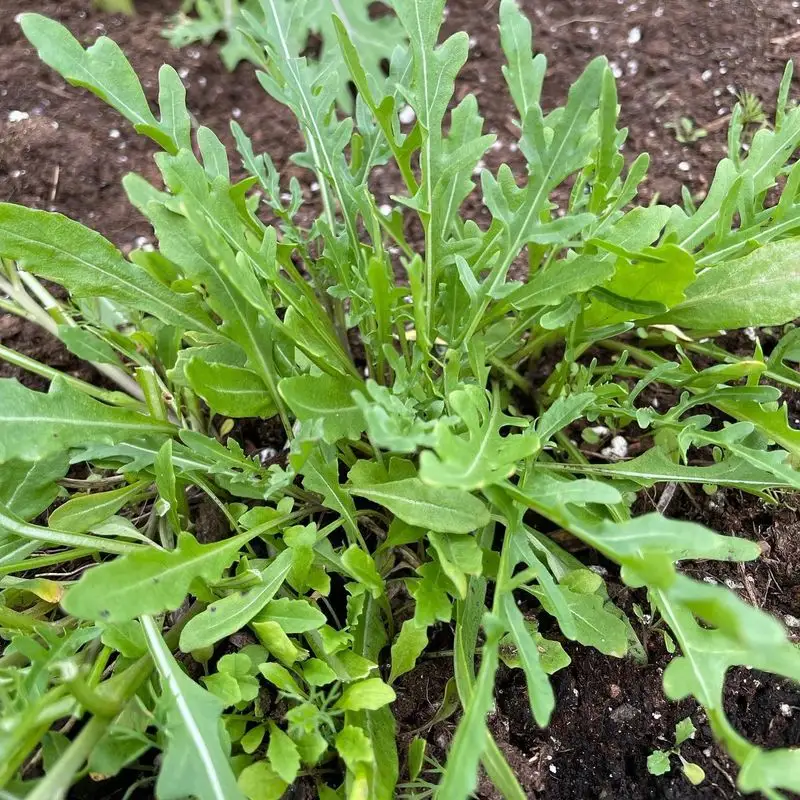
Arugula’s peppery punch and delicate leaves win over any salad enthusiast. This leafy green springs up swiftly, offering its distinct flavor in under a month. Whether scattered over a pizza or tossed in a salad, arugula’s versatility shines. It’s a powerhouse of vitamins A and C, promoting a healthy diet. The ease of growing it makes it a favorite among urban gardeners. Fun fact: Arugula’s name comes from the Latin ‘eruca,’ referring to its slightly bitter taste. Its quick growth means you can enjoy multiple harvests in one season.
Spinach
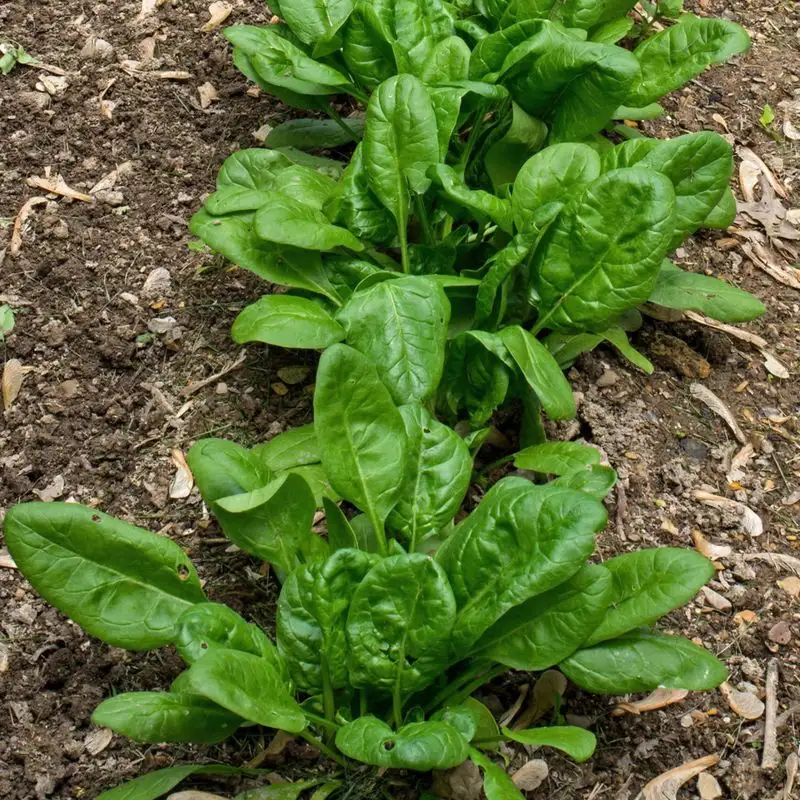
Spinach’s vibrant green leaves are a testament to its nutritional prowess. In less than 30 days, you can enjoy its fresh taste and health benefits. Rich in iron and vitamins, spinach supports energy levels and wellbeing. Its tender leaves are perfect for smoothies, salads, and sautés. With a history tracing back to ancient Persia, spinach has long been celebrated for its health benefits. For those with limited space, it can easily thrive in pots or containers. A favorite in various cuisines, its adaptability is unparalleled.
Lettuce
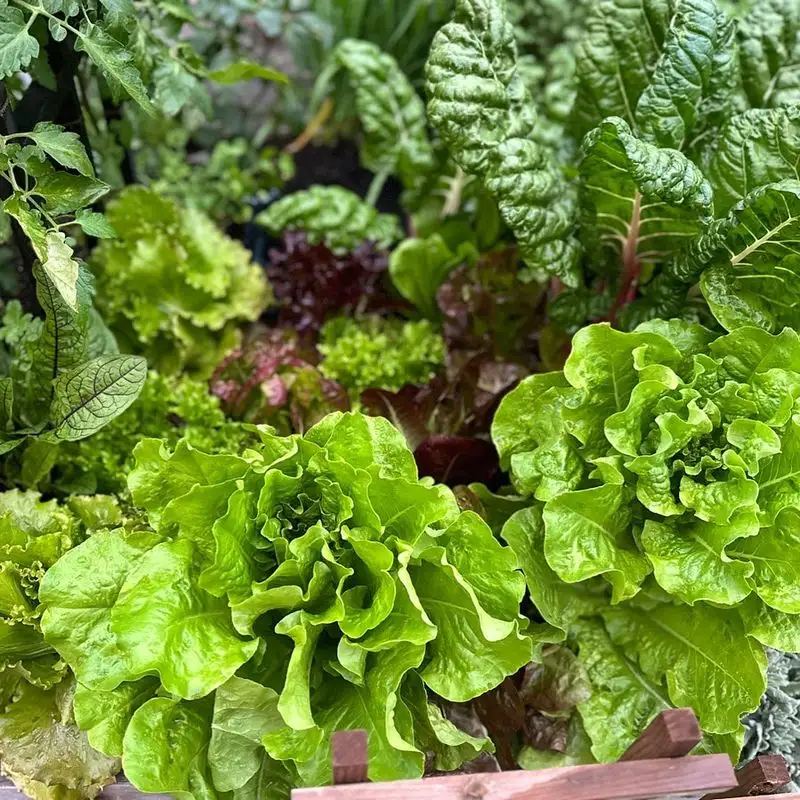
Lettuce is a staple in kitchens worldwide, offering a mild, refreshing crunch. Quick to mature, it’s a reliable choice for new gardeners. Varieties like butterhead and romaine can be harvested in just a few weeks. Crisp and versatile, lettuce is perfect for sandwiches, wraps, or side salads. Ancient Egyptians revered it, associating it with fertility and renewal. Lettuce’s ability to grow in diverse climates makes it a global favorite. With minimal care, it rewards growers with a steady supply of fresh greens.
Green Onions
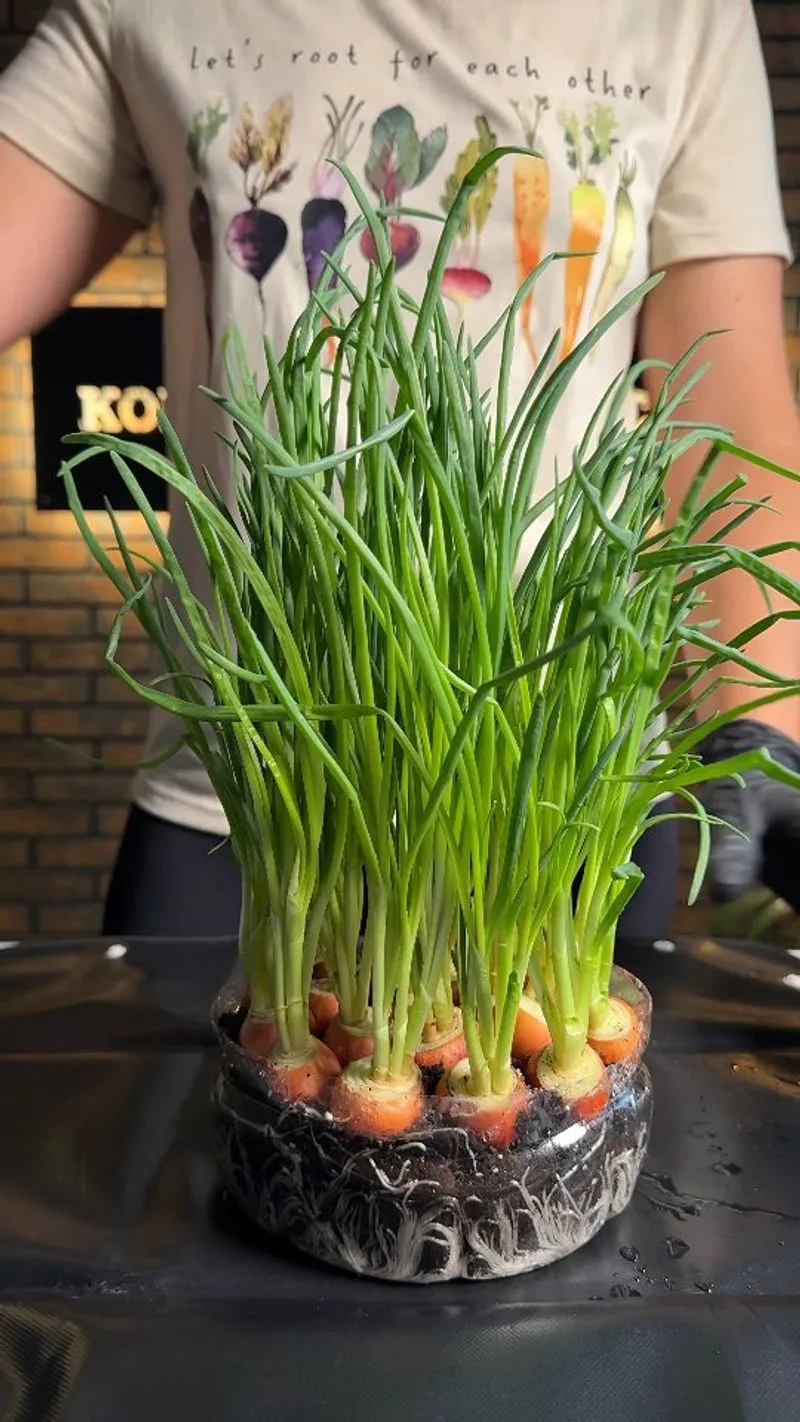
Green onions, also known as scallions, offer a mild yet distinct flavor. They’re a culinary staple, adding flavor and color to dishes. Quick to sprout, they require little space and can be regrown from kitchen scraps. Native to Central Asia, these alliums are rich in vitamin K and C. Their hollow green leaves and small white bulbs make them easy to identify. Green onions thrive in gardens or pots, making them ideal for apartment dwellers. Their rapid growth ensures a continuous supply of fresh flavor enhancers.
Kale
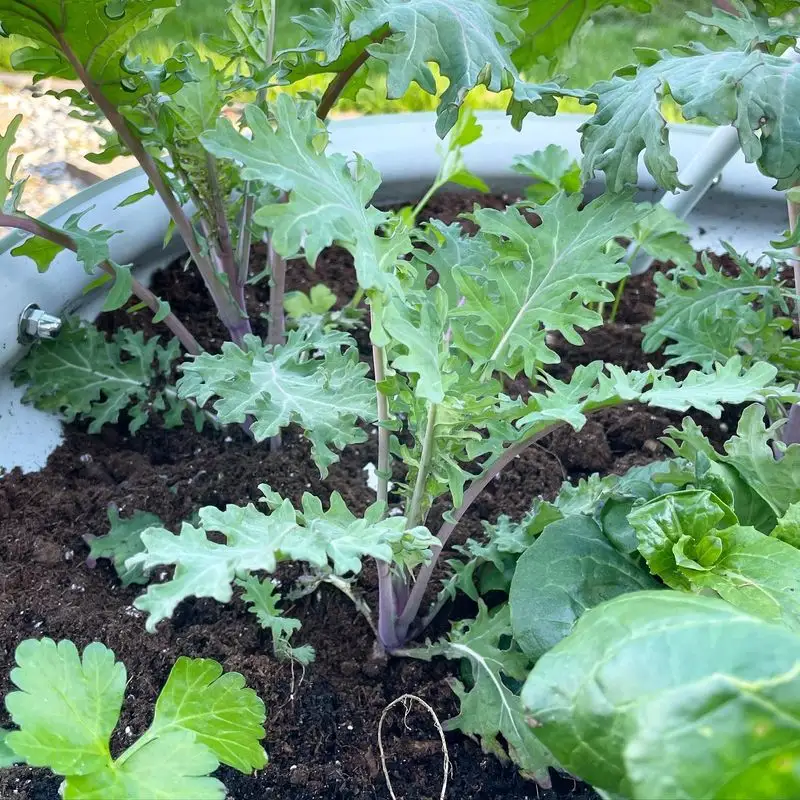
Kale’s robust flavor and nutritional profile make it a sought-after vegetable. Within a month, its leaves are ready to be harvested. Known for its resilience, kale can withstand various climates. Rich in antioxidants and vitamins, it’s a staple in health-conscious diets. Enjoy it in salads, smoothies, or as crispy kale chips. Historically, kale was cultivated by the ancient Greeks and Romans. Its ability to thrive in cool temperatures makes it a favorite for autumn gardens. Kale’s versatility is unmatched, earning its spot in kitchens globally.
Bok Choy
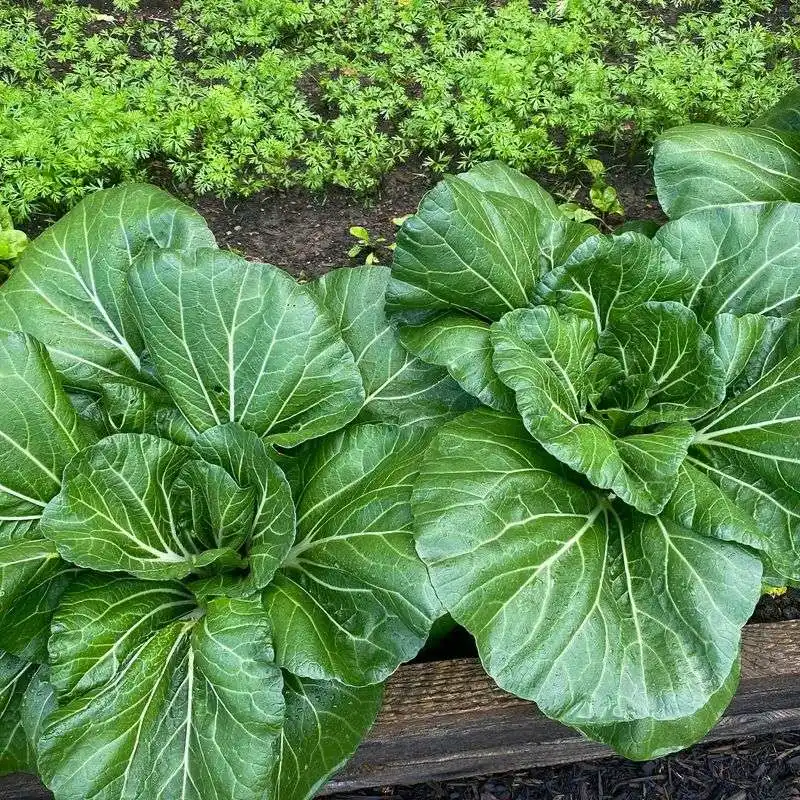
Bok choy, with its crisp texture and mild flavor, is a favorite in Asian cuisine. Ready in just weeks, it offers versatility in stir-fries and soups. Its white stems and deep green leaves create a visually appealing plant. A staple in Chinese agriculture, bok choy is rich in vitamins A and C. This vegetable thrives in cool weather, making it perfect for early spring or fall. Its quick growth and ability to regrow after cutting make it a sustainable choice. Bok choy’s blend of textures enhances any dish.
Turnips

Turnips are more than just a root; they’re a part of culinary traditions worldwide. Their roots and greens are both edible, offering versatility. Quick to mature, turnips can be harvested in under a month. They’re packed with vitamin C and fiber, supporting digestive health. Historically, turnips were a staple in ancient Rome and Greece. These hardy vegetables withstand cold temperatures, making them ideal for fall planting. Turnips’ peppery flavor enhances soups, stews, and casseroles. Their dual-purpose nature makes them a garden favorite.
Cress
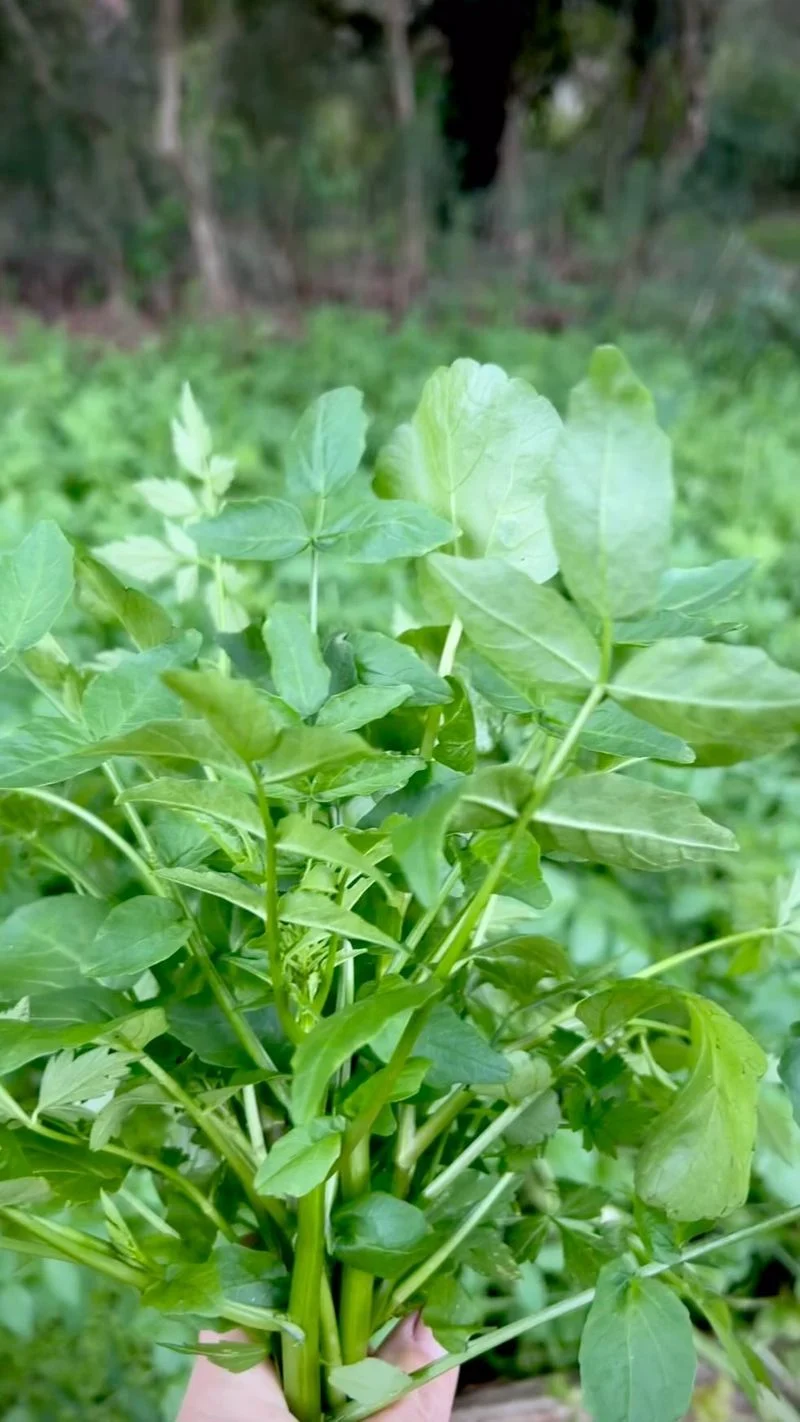
Cress, with its tangy taste and delicate leaves, is a quick-growing delight. Often used to garnish dishes, it brings a peppery kick to meals. Emerging in just days, cress is perfect for those seeking instant gratification. It’s a nutritional powerhouse, offering vitamins A, C, and K. With a history of use in ancient Persia, cress was valued for its medicinal properties. Growing it requires minimal effort, making it ideal for beginners. Its rapid growth makes it a favorite for indoor gardens or windowsills.
Swiss Chard
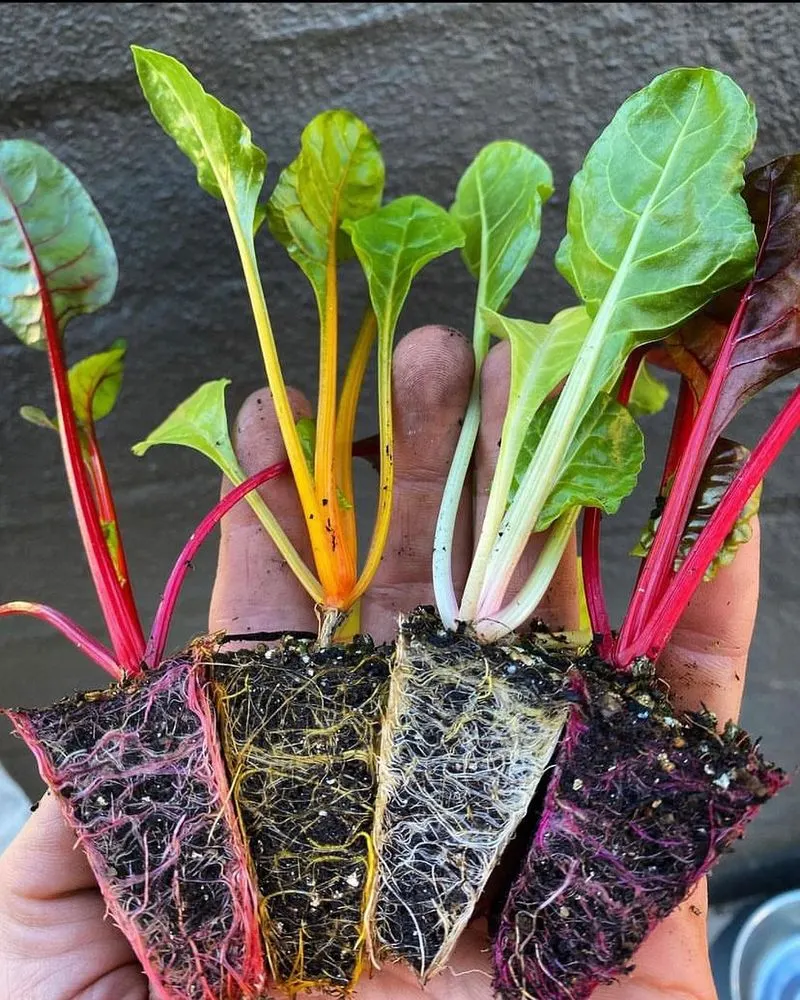
Swiss chard stands out with its vibrant stems and rich green leaves. Within weeks, it matures, offering a mild, earthy taste to dishes. Packed with vitamins and minerals, it’s a nutritious addition to any meal. Unlike other greens, Swiss chard is tolerant of heat, extending its growing season. Historically, it was a favorite in Mediterranean cuisine. Its colorful stalks make it a visually appealing choice for gardens. Whether steamed, sautéed, or fresh, Swiss chard adds depth to culinary creations.
Baby Carrots

Baby carrots delight with their sweetness and small size, perfect for snacking. They mature rapidly, offering a crunchy treat in less than a month. Ideal for containers, they don’t require much space. Packed with beta-carotene, these mini delights support eye health. Originating from Afghanistan, carrots have a rich history in global cuisine. Their vibrant orange hue makes them appealing to both kids and adults. Enjoy them raw, steamed, or roasted for diverse culinary options. Baby carrots’ swift growth ensures a quick reward for gardeners.
Mustard Greens
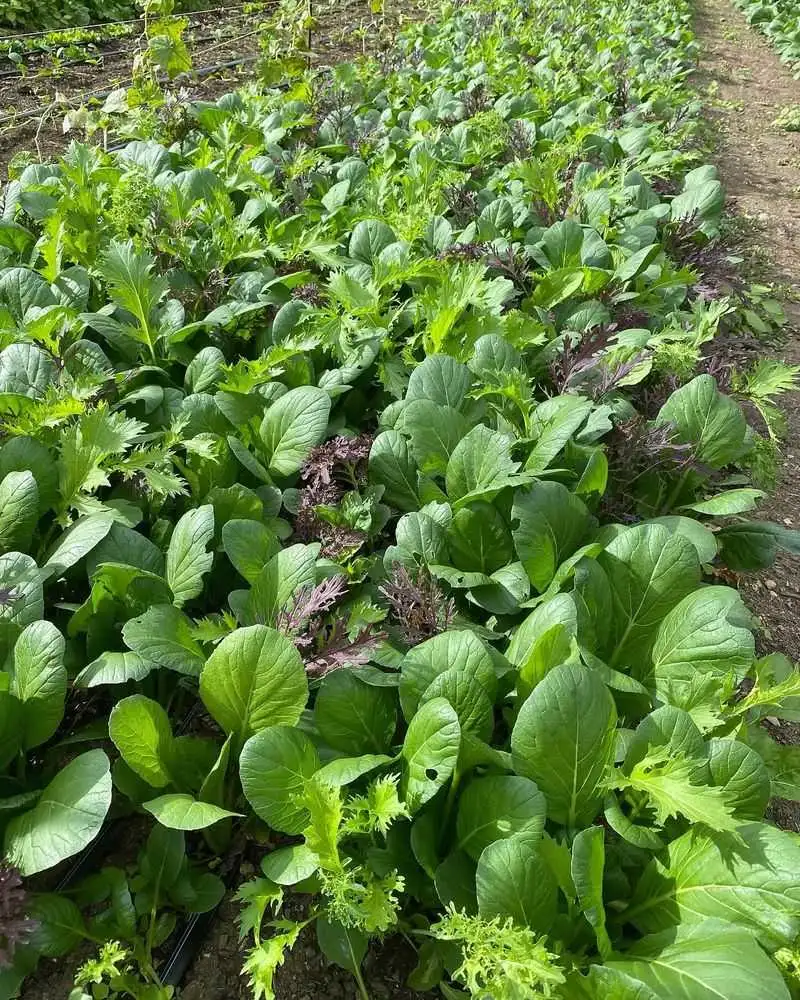
Mustard greens bring a spicy zest to dishes, thriving in cool weather. Within weeks, their leaves are ready for harvest. Known for their bold taste, they elevate salads and sautés. Packed with vitamins A, C, and K, they support immune health. Historically, mustard greens were cultivated in the Himalayas for centuries. Their quick growth and hardiness make them ideal for fall gardens. The peppery flavor they provide is unmatched, creating dynamic culinary experiences. They’re a testament to the diversity of leafy greens available.
Beet Greens
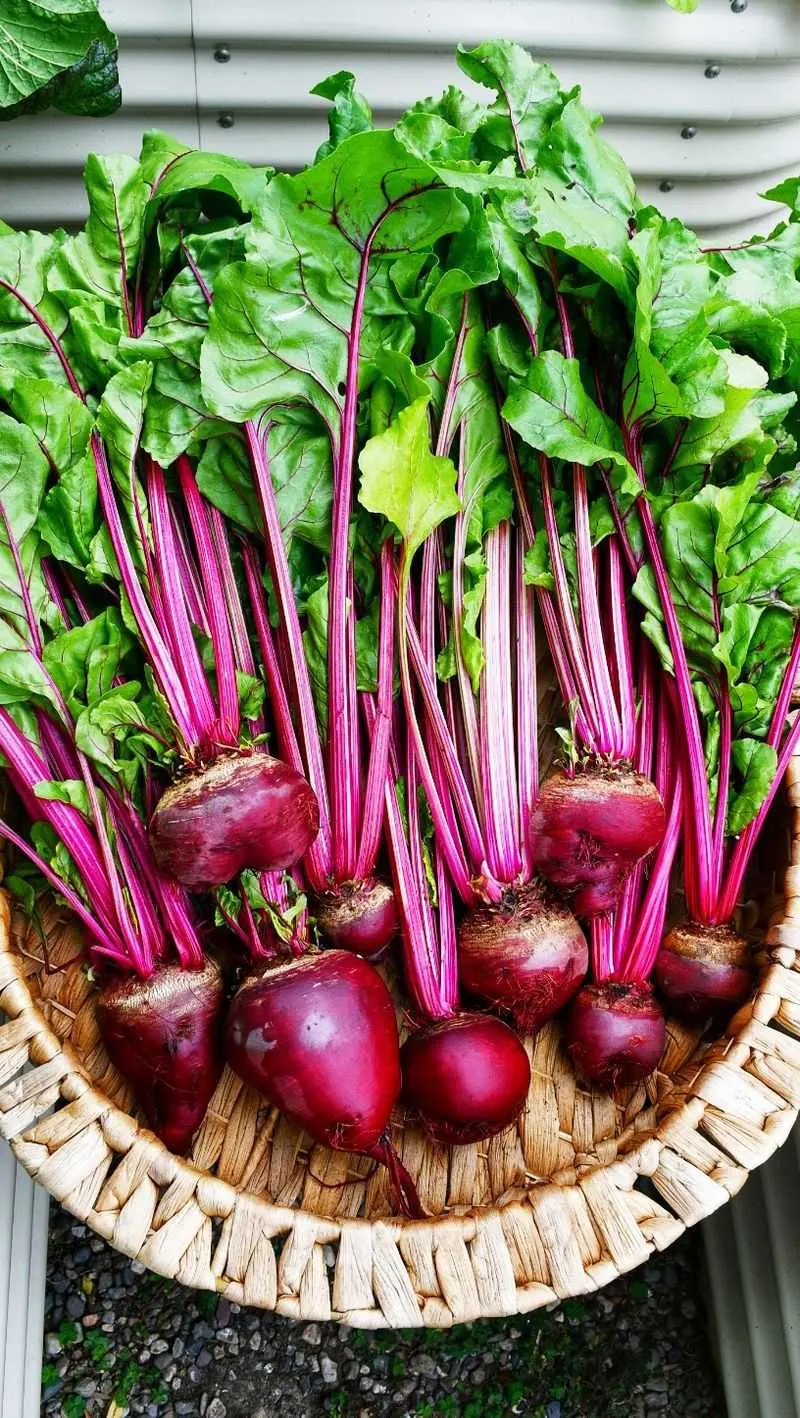
Beet greens, often overlooked, offer a nutrient-rich addition to meals. Ready for harvest in under a month, they provide vitamins A and K. Their slightly bitter, earthy taste complements a variety of dishes. Historically, beet greens were favored by ancient Romans. Unlike their root counterparts, they thrive quickly, allowing repeated harvests. Whether sautéed or added to salads, they bring a unique flavor profile. Their vibrant red veins and deep green leaves make them a striking addition to any garden.

